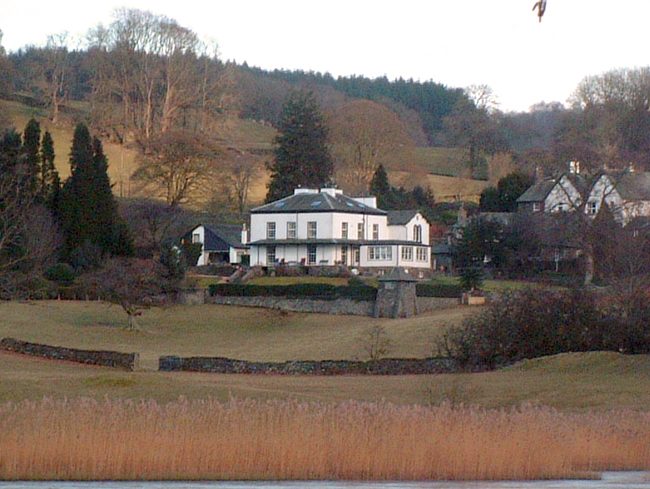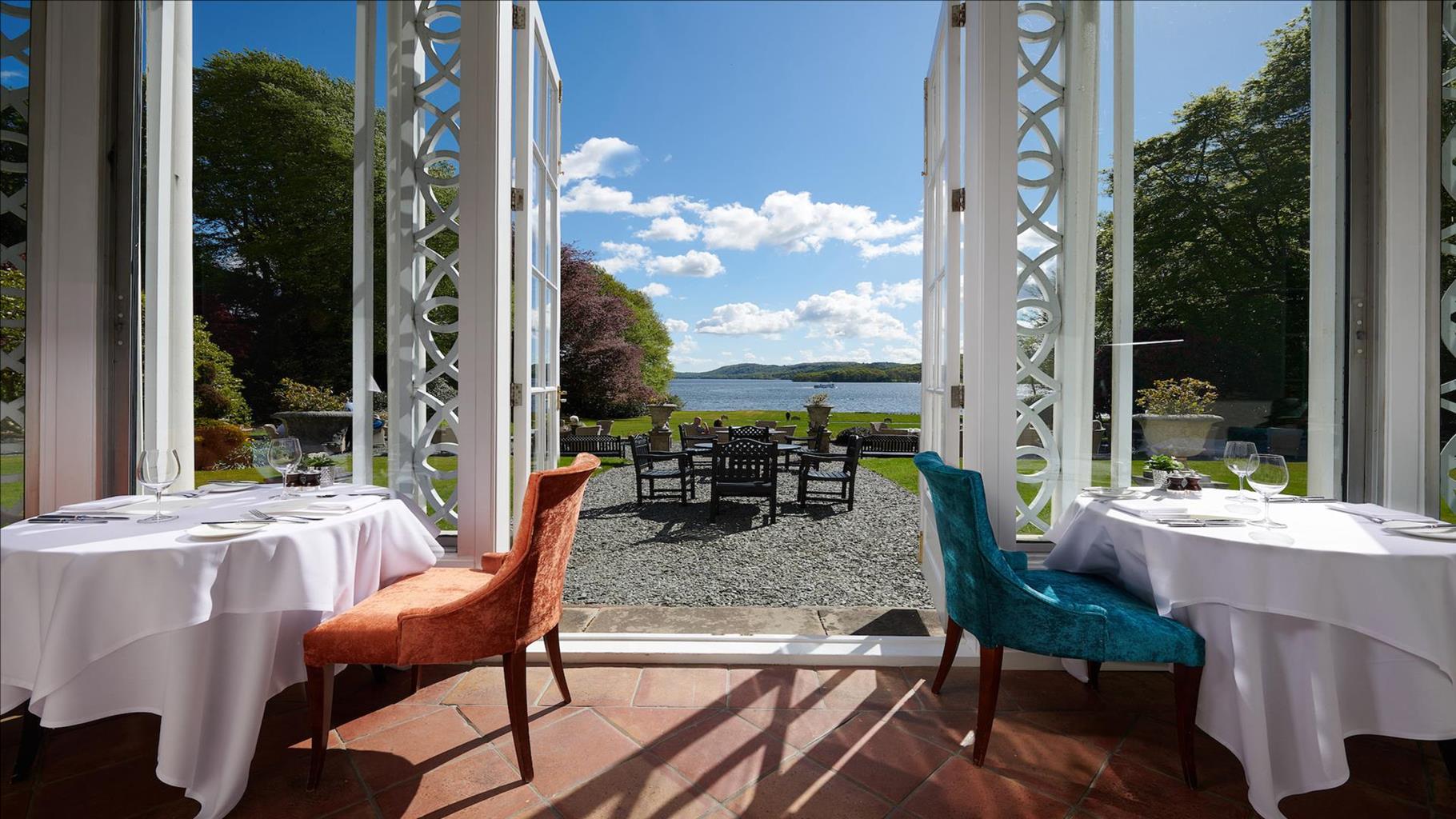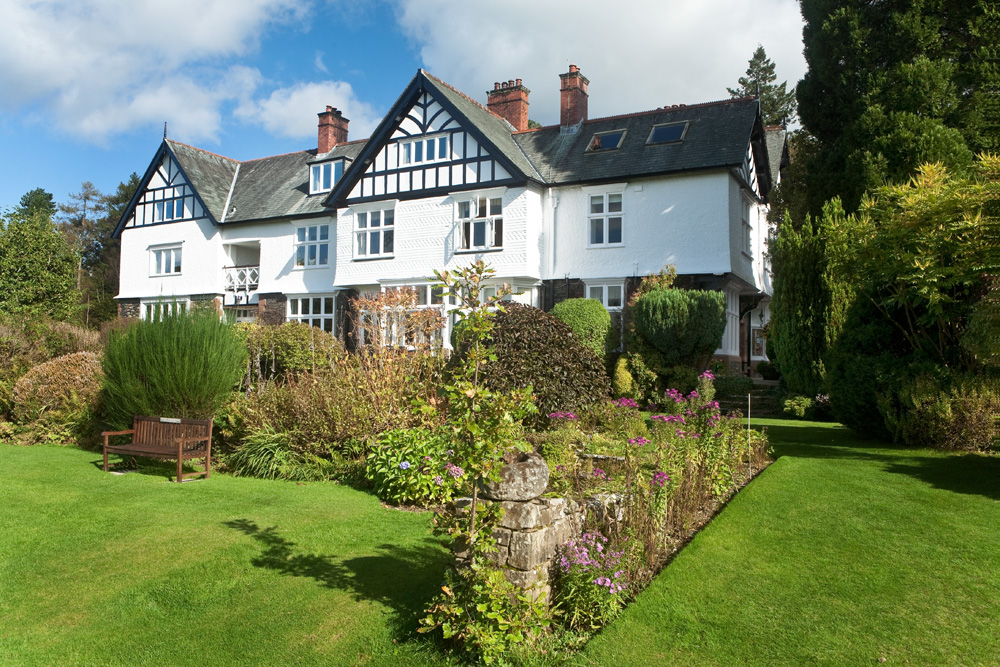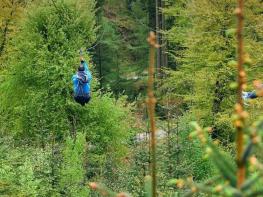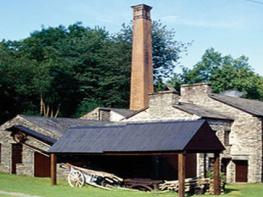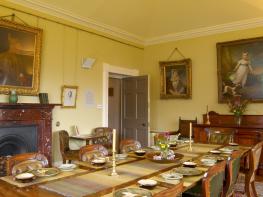Situated on the outskirts of Satterthwaite village, within the tranquil Grizedale Valley lies…
Satterthwaite and Rusland Woodlands

A gentle walk through forest and fell shows off the many different faces of south Lakes woodland.
4.4 miles (7.15kms)
About the walk
Although a serenely peaceful place today, it is not long since this forest and the streams that course through it supported a range of industries, many of which had operated for centuries. Little more than 100 years ago, you would still have been able to find working watermills in the valleys and see woodcutters at work coppicing the trees. The air was once heavy with the smoke of charcoal burning or the acrid smell of iron smelting. Strange as it may seem, if it had not been for that industrial tradition, the rich forests and woodlands that today lend so much character and beauty to this corner of Lakeland might have disappeared long ago, replaced by the open sheep walks prevalent throughout so much of the countryside.
Medieval industry
Before the Dissolution of the Monasteries, the monks at Furness Abbey managed extensive iron ore mines and needed a constant supply of charcoal to reduce it to iron. The woodland here provided a ready source of timber, but simply to fell the trees would have exhausted the stock before a new crop could be grown. However, by coppicing the boles a steady supply of small timber was guaranteed, since new wood could be harvested every 15 years or so. Bloomeries (small furnaces) were established deep within the forest, for it was more economic to bring in the ore than take out the charcoal. After the monks were expelled, the estates passed into private hands and the industries continued to grow. By the 18th century new techniques needed power to drive machinery. Mills sprang up beside the streams, powering bellows and forge hammers that beat impurities from the metal, which was being produced in ever-larger and more efficient furnaces around Backbarrow. This walk passes two former mills – Force Forge and Force Mills.
Rich habitat
Although the industry here has now disappeared, the forest remains an important resource, managed to provide a renewable supply of timber for today’s manufacturers. It is also a rich wildlife habitat, and valued as a recreational retreat. In many ways, the forest is being made to work just as hard today as it has ever done, and long may it remain for future generations to enjoy.
Walk directions
Take the right-hand path from the back of the car park, marked by greenand white-topped posts, heading over a rise to a forest track. Turn left and, after 400yds (366m), turn left on a steep path through birch trees. Cross another track at the top and descend. At the bottom bear right on a metalled track into Satterthwaite.
Turn left by the church and walk through the village. After 0.25 miles (400m), at a left-hand bend, go right onto a track, Moor Lane, and shortly bear left on a path rising into the trees. Fork left at a post. The path goes through a dry-stone wall sculpture, descends across a vague track, then meets a clearer one.
Turn right. Passing a waterfall, look out for Bathers, part of the forest art project (see walk 19). The track bends across the stream and rises to a junction. Turn left for 220yds (201m) and branch left again onto an unmarked and inconspicuous, descending footpath.
Emerging onto a lane at the bottom, go right, then turn left between cottages at Force Forge. Cross a stile on the right, in front of a house, then follow a tall beech hedge round left to a bridge. Continue through a deer fence into Brewer Wood, then turn right on a wider track.
Go through another deer fence. Eventually fork left (waymarked) and carry on through trees. At an indistinct fork beyond the crest of the hill, take the right-hand branch, which descends to the Rusland Reading Room. Cross a stile and walk out to the lane by St Paul’s church. Turn left. (If you miss the indistinct fork, don’t worry, as the left branch also leads to the church.)
Soon leave the lane for a byway opposite a junction. Climb beside wooded pastures, then drop to a lane at Force Mills. Go right and then left to ascend beside Force Falls.
At a green and white post, part-way up the hill, turn right onto a path climbing steeply into a larch plantation. Turn right and climb to a gap in a wall. A little further on, bear right (green waymark) and descend back to the car park.
Additional information
Mainly good paths and tracks throughout
Gentle hills cloaked in mixed woodland and forest
Use lead for roads and farmland
OS Explorer OL7 The English Lakes (SE)
Forest car park at Blind Lane
None on route
WALKING IN SAFETY
Read our tips to look after yourself and the environment when following this walk.
Find out more
Also in the area
About the area
Discover Cumbria
Cumbria's rugged yet beautiful landscape is best known for the Lake District National Park that sits within its boundaries. It’s famous for Lake Windermere, England’s largest lake, and Derwent Water, ‘Queen of the English Lakes'. This beautiful countryside once inspired William Wordsworth and his home, Dove Cottage, in Grasmere is a popular museum. Another place of literary pilgrimage is Hill Top, home of Beatrix Potter, located near Windermere. Tom Kitten, Samuel Whiskers and Jemima Puddleduck were all created here.
Much of Cumbria is often overlooked in favour of the Lake Distirct. In the south, the Lune Valley remains as lovely as it was when Turner painted it. The coast is also a secret gem. With its wide cobbled streets, spacious green and views of the Solway Firth, Silloth is a fine Victorian seaside resort. Other towns along this coastline include Whitehaven, Workington and Maryport. Carlisle is well worth a look – once a Roman camp, its red-brick cathedral dates back to the early 12th century and its 11th-century castle was built by William Rufus.
Nearby stays
Restaurants and Pubs
Nearby experiences
Recommended things to do
Why choose Rated Trips?
Your trusted guide to rated places across the UK
The best coverage
Discover more than 15,000 professionally rated places to stay, eat and visit from across the UK and Ireland.
Quality assured
Choose a place to stay safe in the knowledge that it has been expertly assessed by trained assessors.
Plan your next trip
Search by location or the type of place you're visiting to find your next ideal holiday experience.
Travel inspiration
Read our articles, city guides and recommended things to do for inspiration. We're here to help you explore the UK.


